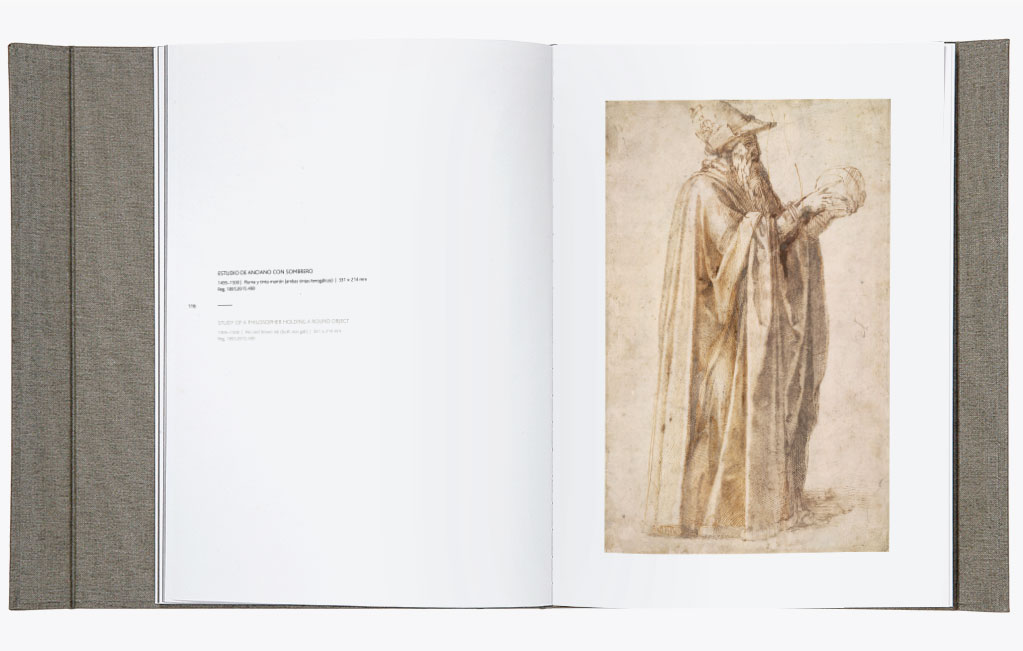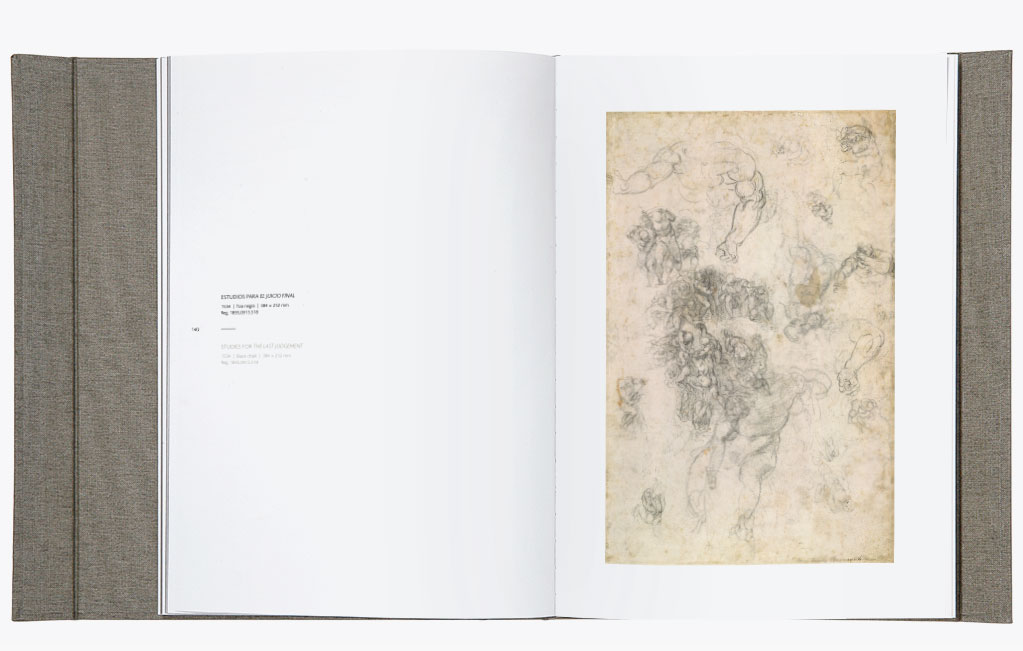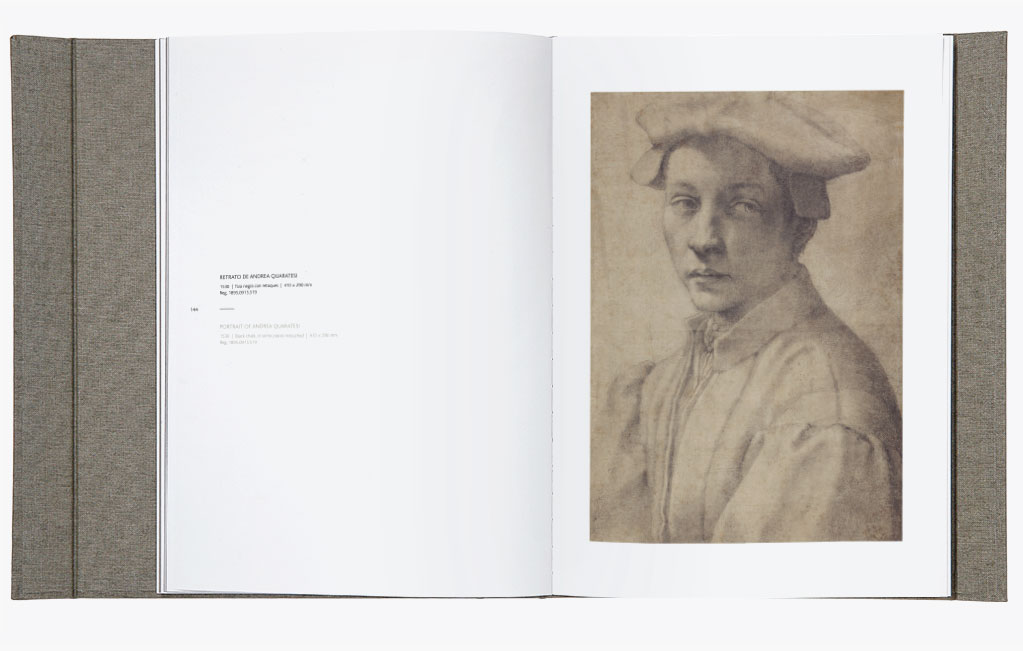5 drawings to understand the great genius of the Renaissance
Michelangelo Buonarroti is considered the first and greatest exponent of the modern artist. His mastery was expressed in diverse forms such as painting, sculpture, and architecture. However, if there was one common element in all his works, it was their origin, as being educated in the Florentine tradition, drawing was always the starting point of all his work. Here we review some of his most memorable sketches that helped forge the immortal legacy of the Italian master.
Study for the Medici tombs in the new sacristy (c. 1520–1521)
The Medici were an important family of bankers interested in art, highly influential between the 14th and 18th centuries. Michelangelo’s precocious talent soon caught the eye of these patrons, and although their relationship was filled with tensions and difficult moments, it also earned the artist some of his best works, such as the tomb of Pope Julius II, where architecture and sculpture conspired to try to satisfy the pontiff’s wishes.

Study for the Medici tombs in the New Sacristy, c. 1520–1521. Black chalk, 262 × 187 mm.
Study of a philosopher holding a round object (1495–1500)
One of Michelangelo’s earliest known drawings is this mysterious figure of an old man in robes and a hat holding a spherical object. Much debate has ensued regarding the possible identity of the character, ranging from a sage or philosopher to a biblical Magi. However, what is clear is the creator’s talent for capturing textures and volume on paper.

Study of a philosopher holding a round object, 1945-1500. Pen and Brown ink (both iron gall), 331 × 214 mm.
Studies for ‘The Last judgement’ (1534)
Although Michelangelo always considered himself more of a sculptor, the Vatican did not hesitate to commission him with what have ended up being considered the most important fresco paintings in history, those that adorn the Sistine Chapel. In its apse, Michelangelo faced the challenge of painting The Last Judgement, a complex composition of multiple characters that would test his imagination, his sense of balance, and his anatomical knowledge.

Studies fot ‘The Last Judgement’, 1534. Black chalk, 384 × 252 mm.
Portrait of Andrea Quaratesi (1530)
Michelangelo invested many hours of his life drawing portraits, whether as preparation for later paintings, to practice certain details, or to gift to his closest friends. The portrait of Andrea Quaratesi is undoubtedly one of the most famous. In it, Michelangelo depicted a young man of noble lineage to whom the artist gave drawing lessons, using black chalk and achieving a result of excellent quality with echoes of the Mona Lisa by his colleague and rival Leonardo.

Portrair of Andrea Quaratesi, 1530. Black chalk, in some places retouched, 410 × 290 mm.
Study of Adam for the Sistine Chapel (c. 1511)
It is impossible to make a selection of Michelangelo’s drawings without referencing The Creation of Adam, a work that takes us back to the Sistine Chapel, this time to its vault, to recall one of the most detailed and subtle works of Michelangelo’s entire career. The anatomical forms of the first man’s torso in this drawing go beyond the ideal and manage to reflect that volume and three-dimensionality typical of an artist who knew how to draw, paint, and sculpt with a divine gift.

Study of Adam for the Sistine Chapel, c. 1511. Red chalk over some stylus underdrawing, 193 × 259 mm. Purchased with contribution from Art Fund (as NACF), Joseph Duveen, Baron Duveen of Millbank and Henry Van den Bergh.
Michelangelo: Drawings, the most intimate legacy of our greatest artist
Of the thousands of drawings created by the Florentine genius during his long life, only a few hundred have survived. The British Museum in London can boast of having the most representative collection of the artist, usually kept under lock and key, away from the public eye. Now, thanks to ARTIKA, these drawings can be enjoyed with a reproduction quality never seen before.
– Numbered and limited edition of 8,998 copies.
– The piece consists of two volumes and a spectacular sculpture-case that pays homage to David, the artist’s most famous sculpture.
– The Art Book presents 75 drawings by Michelangelo, 35 of them life-size in reproductions of the highest quality.
– In the Study Book, the greatest professionals and experts in Michelangelo’s life and work participate, complementing each drawing with their valuable knowledge and analysis.

